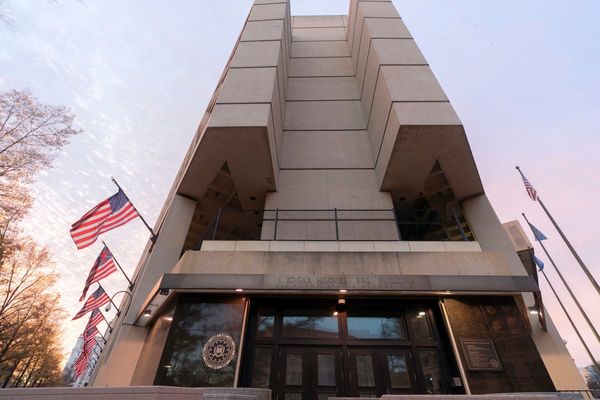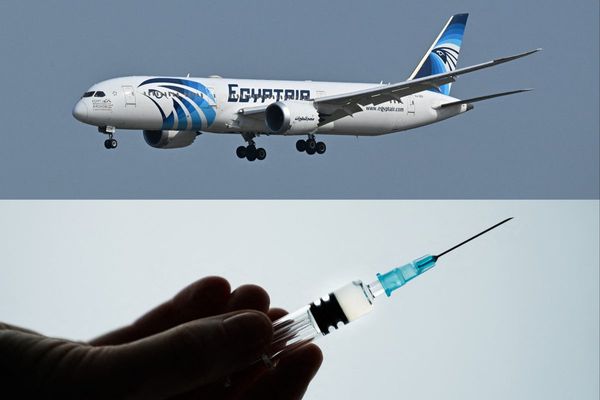
An increasing number of Australians struggle to access and afford dental care, and many experience dental disease with consequences that extend well beyond the mouth. Poor oral health remains one of the strongest indicators of disadvantage in Australia and people who rely on public dental services endure long waiting times – in some places more than two years for basic general dental care. About half of the population does not visit the dentist on a regular basis and cost is continually cited as a major barrier to access. The cost-of-living crisis has only exacerbated this issue.
The exclusion of dentistry from Medicare more than 50 years ago has had disastrous consequences, which are now becoming more apparent. Australians can attend their general medical practitioner, be treated in a public hospital and fill their prescriptions without their financial circumstances being a major barrier to receiving care. That is because state and federal governments subsidise up to 88% of the cost of these services. Unfortunately, the majority of dental costs are paid out-of-pocket by individuals, and federal government funding subsidises private health insurance substantially, further entrenching easy access for higher income groups.
Why is the mouth treated differently to the rest of the body? We are failing through a lack of national leadership, because it is apparent that successive governments have not placed sufficient value or priority on the importance of good oral health. The Chronic Disease Dental Scheme, established by the Howard government, was later shut down by the Rudd/Gillard government with plans to introduce a Commonwealth Dental Health Plan that never materialised. However, Australia did introduce the Child Dental Benefits Scheme in 2014 to provide dental care to vulnerable children. Commonwealth funding to support public dental services was boosted and then cut and has remained at a paltry $108m annually since 2017.
It’s not hard to fund a universal public dental care system if we really cared about improving oral health. It has been estimated that a universal scheme could range in cost from $1.8bn a year for a scheme that provides only preventive care to $7.7bn for an uncapped scheme that includes general dental care. The Parliamentary Budget Office recently costed the Greens’ dental scheme at $14bn a year.
A universal dental scheme should be considered an investment, not a cost, because there are significant benefits to improving access to dental care. Dental diseases are the leading cause of preventable hospitalisations, costing about $1.6bn annually, and the cost to the economy from lost productivity from such disease is estimated to be in the order of $700m annually. Importantly, reducing dental disease has significant benefits in improving quality of life, including reducing the exacerbation of things such as cardiovascular disease and diabetes by dental disease.
The reason cost estimates vary so much – and why there is concern in some quarters about the budgetary implications – is that there is no consensus on what a dental scheme would look like. There are three key elements to a universal health scheme: breadth of population covered, scope of services provided and depth of costs covered. In an ideal world, a truly universal dental scheme would provide preventive and general dental care across the whole population, with some of the costs borne by the government while allowing providers to charge a co-payment – in much the same way Medicare operates.
What is stopping this from happening? Public funding for dental care has been a political hot potato for decades, with states and the federal government pointing the finger at each other as the situation deteriorates. However, with a federal election looming, there is a window of opportunity to recalibrate. The Labor party is on record as saying that oral health is the missing element of Medicare, with a goal to provide universal access to affordable dental services for all Australians. The aged care royal commission in 2021 recommended the establishment of a senior dental benefits scheme and a Senate select committee into dental services made it abundantly clear that the status quo is no longer an option.
Dental care in Australia is at a crossroad. There is an opportunity to take bold action to correct the mistakes of the past and create an equitable dental system that ensures all Australians, regardless of their background, income or where they live, can access timely dental care when they need it. Momentum is building and there is a groundswell of public support for change. We must not waste it.
• Matt Hopcraft is associate professor in professional practice at the Melbourne Dental School at the University of Melbourne







